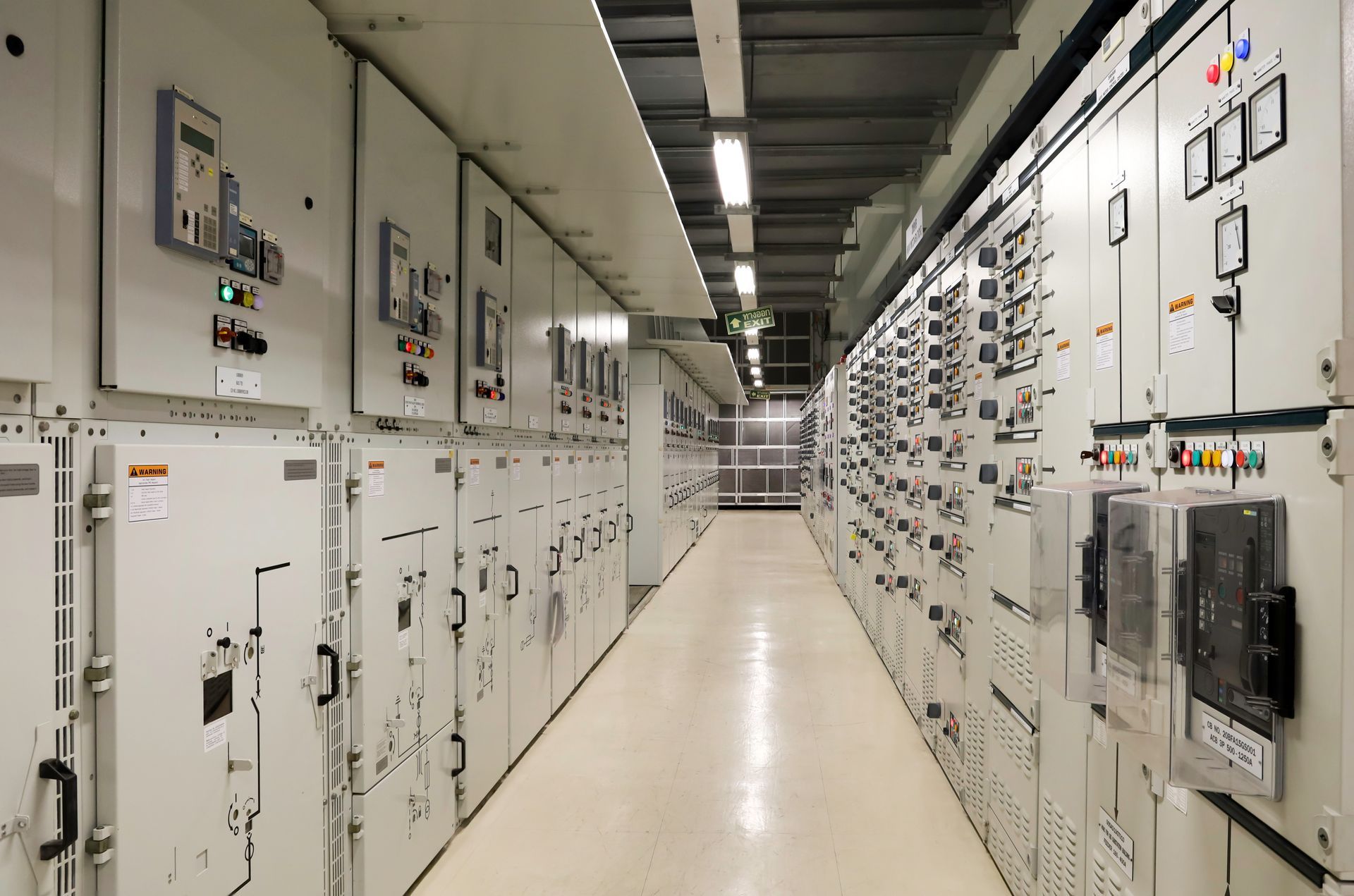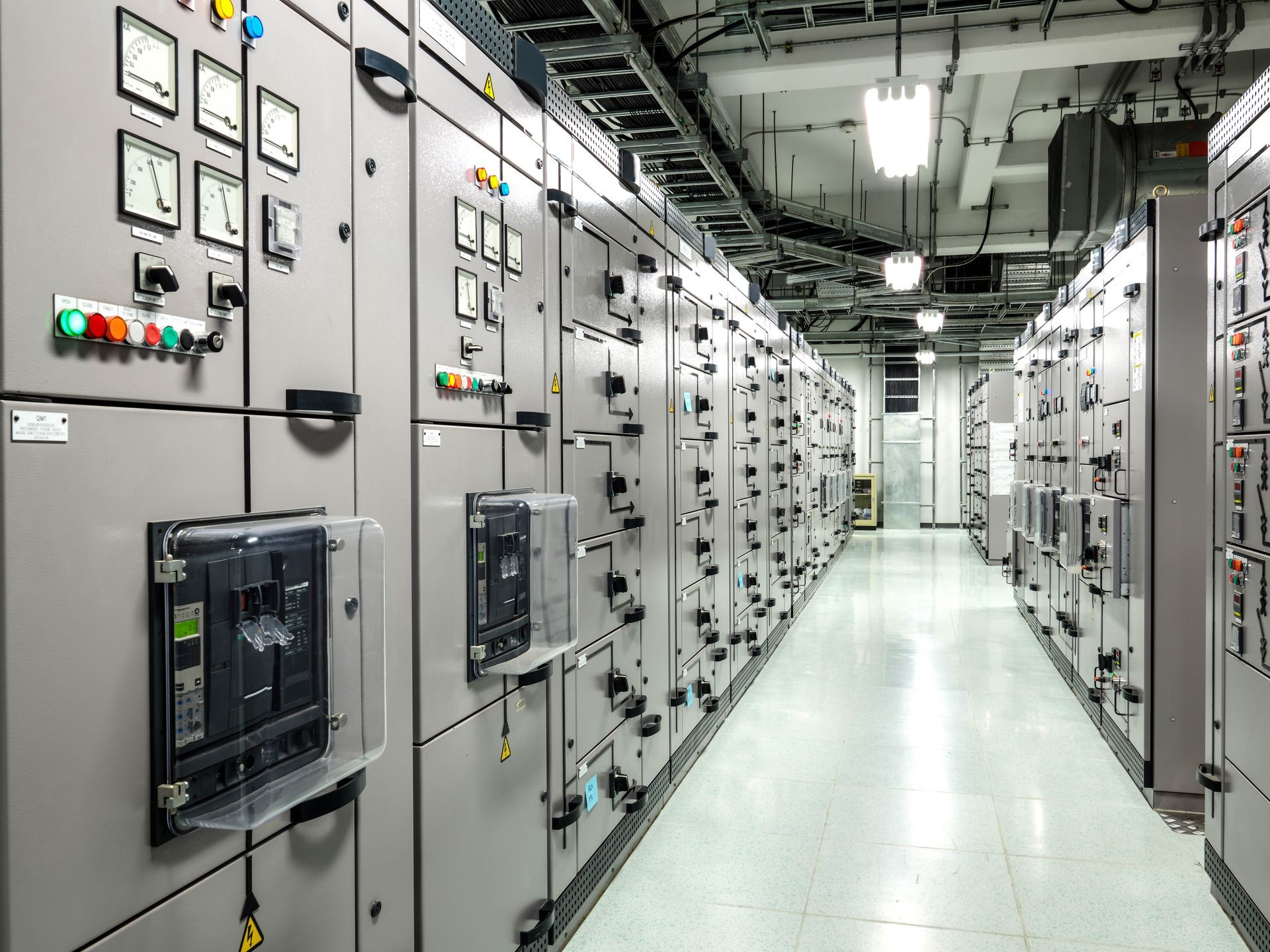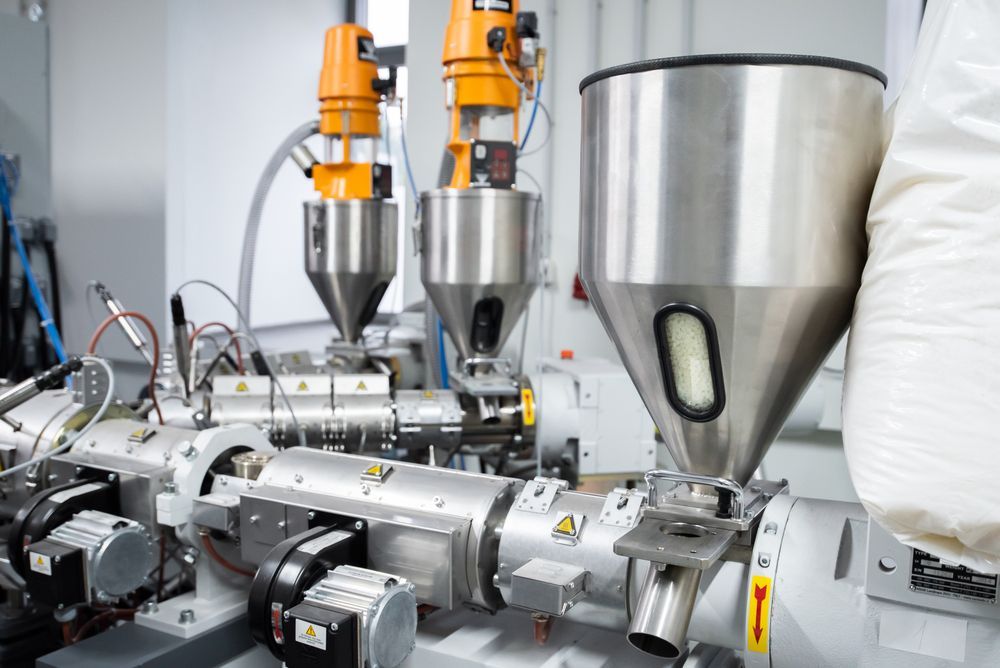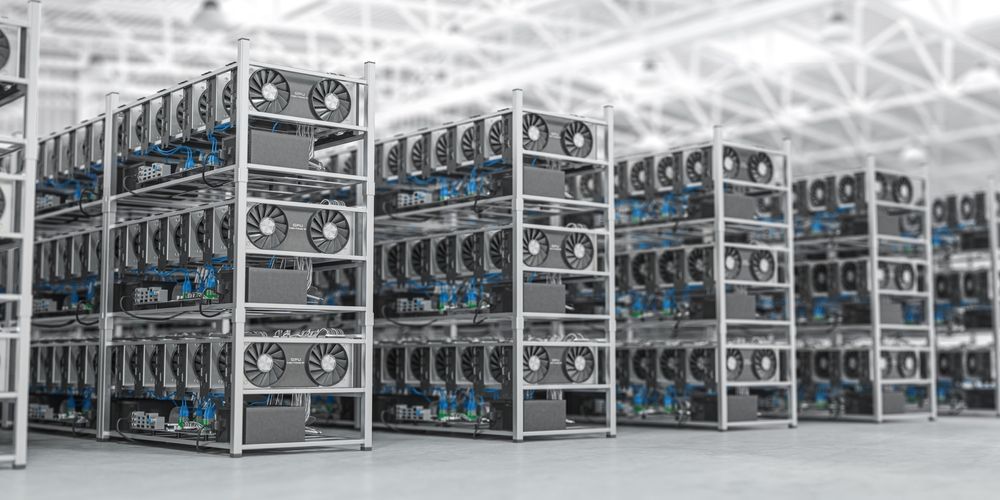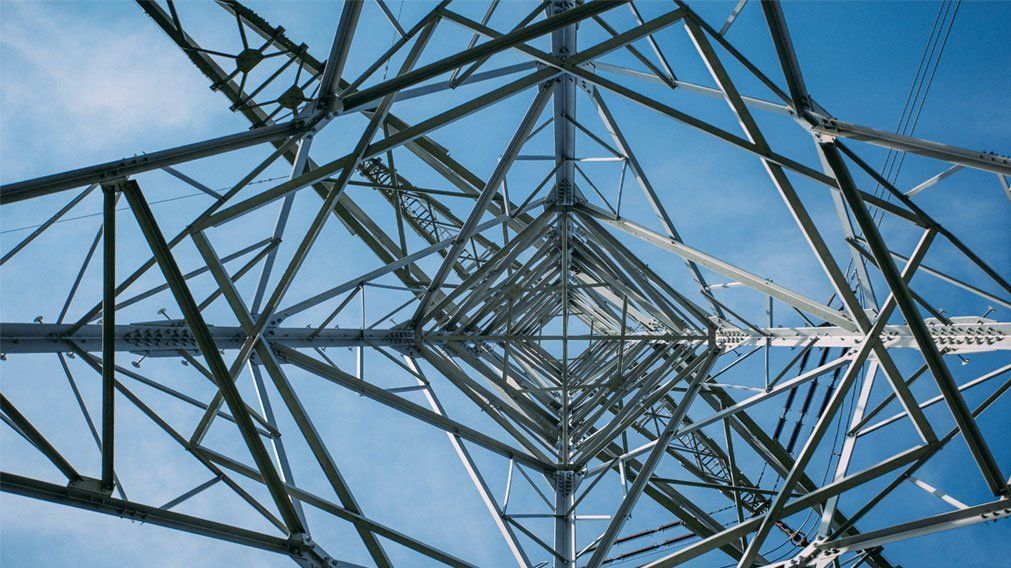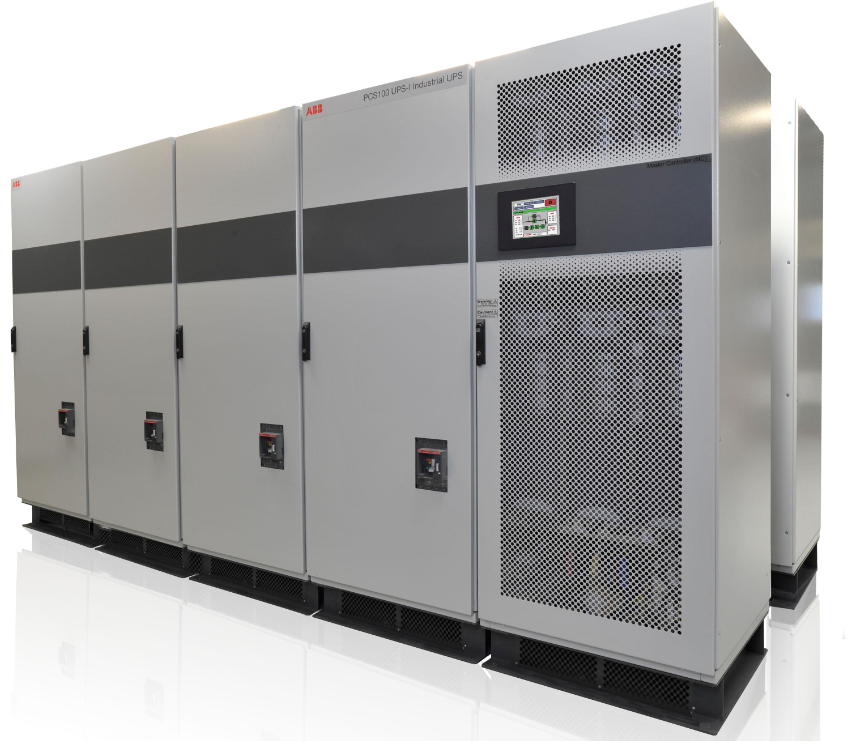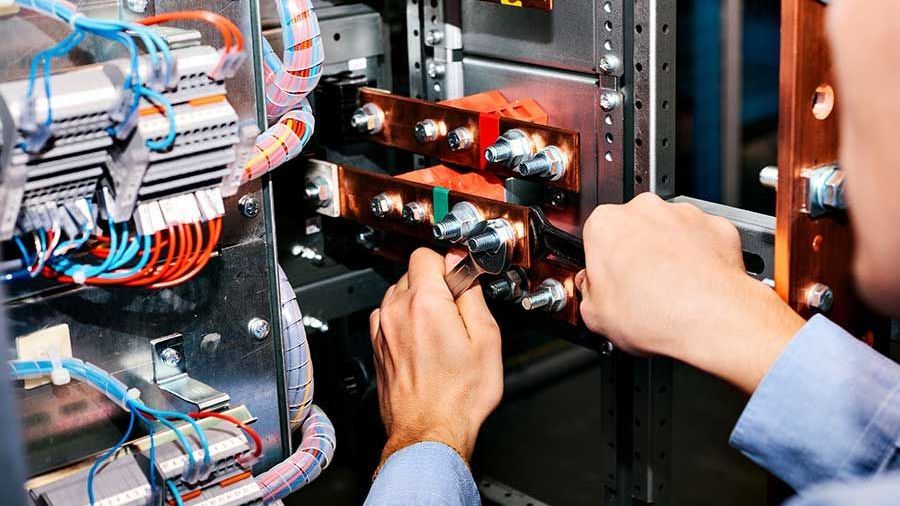
What is an Industrial UPS System?
This is different than sizing a UPS for a data center load. The sizing and tolerance of an Industrial UPS System vs. sizing a Voltage Correction device is different. Both require an analysis of the load center and the incoming power to determine the best choice. This is done with an FGC certified meter to capture the load characteristics and power data. This monitoring will specifically pick up issues in the plant affecting equipment. Our national team of installation professionals can provide a turn-key installation proposal that includes delivery, installation, and electrical interconnection.
Why not a Traditional Data Center UPS?
Not all UPS Systems are created equal. Many customers seek out a traditional data center built UPS to quickly solve a problem in their plant or process facility. Not a good idea. Many expensive capital projects have had to be reversed and replaced for this issue. In general, not all consumers are informed, nor are the resellers of the product. An Industrial UPS System is much more expensive and careful thought must go into the sizing of runtime storage and what form to avoid large Cap Ex and Op Ex costs in the future.
The traditional IGBT or transformer based UPS used in a data center application is used to support loads that are constant and have little effect on the output sine wave of the UPS. It is not built for those loads disrupting the output sine wave of the UPS. In a typical industrial environment, those typical UPS units will bounce in and out of static bypass because it feels things are out of tolerance. This constant “banging” into the bypass circuity will eventually cause it to fail. The whole time this is happening, the load is at risk should the power fail because the unit is not on inverter and connected to the batteries. It is also bouncing on and off of inverter, therefore there isn’t power sterilization happening. So the very reason you installed the UPS to isolate the power and be ready for battery, it is not.
These types of occurrences operationally and failures are not warranted by the manufacturer. Eventually the static bypass fails and or the inverter section. This is not the fault of the OEM of equipment. They are not built for this type of environment. Types of Manufacturers of Data Center UPS Systems are Eaton, Liebert, Vertiv, Toshiba, MGE, APC, Mitsubishi and General Electric/ABB. Some of these models are inverter based UPS systems and can be used in harsher environments such as MRI applications. You will want to discuss this with your power quality consultant to choose the best Industrial UPS for your need. Some of the manufacturers of Industrial UPS Systems are Controlled Power, SE, and Ametek. Many of the large megawatt Industrial UPS Systems are contract manufactured by ABB and the like for special projects. Voltage Correction Consultants can assist in the specification development and project management of this type of project.
Which UPS do I choose for my Facility?
A traditional UPS system that originally was design for data centers will perform well to support those computer processes intricate to the manufacturing process. It will not do a good job supporting the mechanical and physical process type loads, or high inrush loads such as cooling systems. There will be a combination of systems to properly support all the loads deemed critical in the facility.
There are three categories of UPS Systems to choose from:
Traditional IGBT Data Center UPS
The Insulated Gate Bipolar Transistorized Inverter system is the standard for today’s data center UPS system. It provides a smaller footprint than its predecessor “Transformer Based UPS”. It is more efficient and gives off less heat. Therefore, your traditional UPS system solution will use this technology. And is specifically designed for computer-based loads.
Transformer Based UPS System
A transformer-based ups system will provide a more robust tolerance for harsh loads on the output. Back in the day, all UPS Systems had internal transformers. The transformer was the basis for scrubbing power and isolating the loads from the power utility.
Industrial UPS System
Today’s industrial ups looks much like the older transformer-based ups system of the 1980’s and 1990’s. However more modern componentry, inverter systems, as well as the transformer provide for a robust system. These products can withstand he dynamic load environments such as a manufacturing por process facility. They can backup runtime via flywheel systems, ultra-capacitors, and a variety of battery systems.
What type of batteries for an Industrial UPS System?
A traditional UPS System will use (VRLA) Valve Regulated Lead Acid batteries. An Industrial UPS System can use similar batteries. Many times it will need to tolerate higher temperatures. Facilities do not seek to invest capital expenditure similar to a Data Center UPS. A longer term battery can be installed such as a 10 year Pure Lead Battery. Ultracapacitors are an option for very short cycle runtime solutions. An Industrial UPS System may be properly sized to work in tandem with a standby generator system for long runtime solutions. There is a line between correcting voltage properly with Active Voltage Conditioning, and making the additional investment into storage battery runtime for short cycle power interruptions. Adding the battery storage will make the solution much more costly.
Voltage Correction has Solutions for short and long term power events.
Sub-cycle or multiple cycle events can be corrected by properly sizing an AVC to the load level. Most equipment damaging events are less than 3 seconds long. They are either a sag in voltage or momentary flicker. Power affected equipment can easily be preserved by properly installing a Voltage Corrective Device either at the equipment location in a facility, or choose a large distribution point for proper installation.
Mid-duration requirements up to 30 seconds can be specifically designed with a ultra-capacitor system, battery system, or flywheels. These correct not only the persistent sags, but also correct those longer duration outages which may occur in certain parts of the country. The seasonal effects on power from lightning, wind, and all mother nature events in certain times of the year usually justify this protection.
For installations requiring longer than 30 seconds, a Voltage Correction System may be a combination of voltage regulation, battery system, and/or emergency backup generator system. All need to be properly sized and coordinated to work efficiency and quickly during an event. But it is entirely possible to set up a system that can be sophisticated enough to correct short and long term power issues.
Contact your VC consultant today to discuss these options for your facility.
Have a site survey done to survey your facility and install a power metering device.
When you install equipment that will correct power and hold voltage within your facility, you will be providing your facility with protection against all outside influences of power. Halting wear and tear on other equipment in the facility by having stable voltage and power factor is the goal. The long term positives are lowered operations and maintenance costs by limiting voltage and amperage anomalies inside the facility. It is common to vet these issues by installing a monitoring device at the service entrance of the facility utility power. This is a low-cost method to really understand these issues and to make a proper diagnosis.
We are available to review electrical one-lines, Power Reports, Demand Usage, and any other data on your facility power.
Call your Voltage Correction Technical Representative today to discuss options to increase efficiency in your facility and correct our facility power issues!
